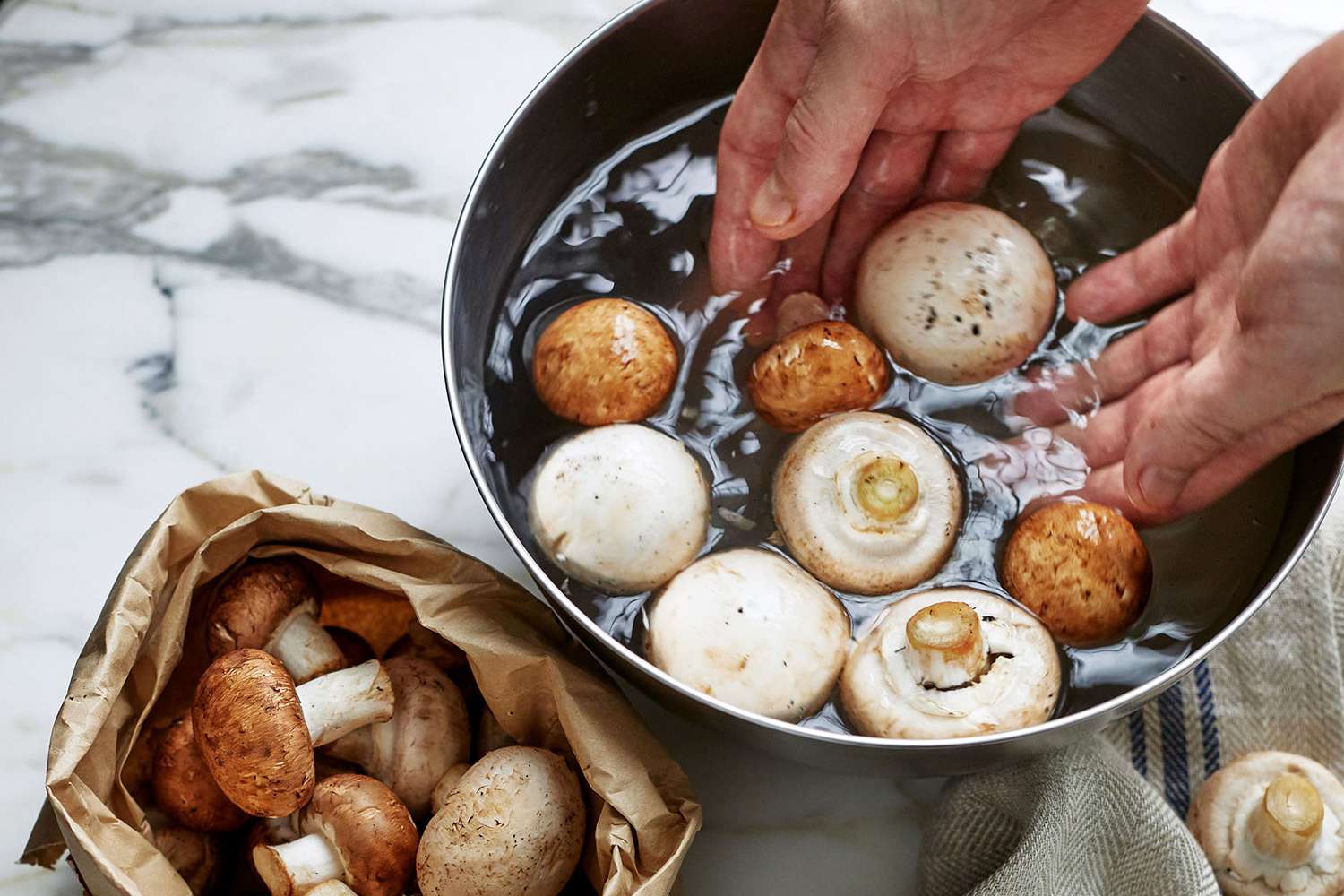

Articles
How To Store Washed Mushrooms
Modified: April 22, 2024
Learn the best methods for storing washed mushrooms in this informative article. Keep your mushrooms fresh and ready to use with these simple tips.
(Many of the links in this article redirect to a specific reviewed product. Your purchase of these products through affiliate links helps to generate commission for Storables.com, at no extra cost. Learn more)
Introduction
Washed mushrooms are a versatile and delicious ingredient that can be used in a variety of dishes, from soups and sauces to salads and stir-fries. However, improper storage can quickly lead to spoilage and waste. In order to maximize the freshness and flavor of your washed mushrooms, it’s essential to store them correctly.
When mushrooms are exposed to air and moisture, they can start to deteriorate, becoming slimy and developing a foul odor. By following the proper storage techniques, you can extend the shelf life of your washed mushrooms and ensure that they remain fresh and ready to use whenever you need them.
In this article, we will explore the importance of proper storage for washed mushrooms and provide you with tips and guidelines to help you store them successfully.
Key Takeaways:
- Properly storing washed mushrooms is essential for maintaining their freshness, flavor, and texture. Choose breathable containers, keep them dry, and avoid overcrowding to extend their shelf life and minimize waste.
- Avoid common mistakes such as storing wet mushrooms, using plastic bags, or overcrowding the container. Regularly inspect for spoilage, use within a few days, and enjoy the versatile uses of fresh mushrooms in your dishes.
Read more: How To Store Mushrooms
Why is Proper Storage Important for Washed Mushrooms?
Proper storage of washed mushrooms is crucial for maintaining their freshness and flavor. Here are a few reasons why it’s essential to store them correctly:
- Preventing spoilage: Mushrooms are delicate and highly perishable. When exposed to air and moisture, they can quickly deteriorate and become slimy. Proper storage helps to minimize bacterial growth and prevent spoilage, allowing your washed mushrooms to last longer.
- Maintaining texture: Mushrooms have a delicate texture, and improper storage can cause them to become mushy or wilted. By storing them correctly, you can help preserve their firmness and ensure a pleasant and satisfying texture when cooked.
- Preserving flavor: Mushrooms have a unique and earthy flavor profile. However, if not stored properly, they can absorb other odors from the refrigerator and lose their distinct taste. Proper storage helps to preserve the delicate flavors of washed mushrooms, ensuring that they retain their rich, umami taste.
- Reducing waste: By storing your washed mushrooms properly, you can reduce the chances of them spoiling before you have a chance to use them. This helps to minimize waste and save money by extending the shelf life of this valuable ingredient.
- Ensuring food safety: Proper storage practices contribute to food safety by inhibiting the growth of harmful bacteria and fungi that can contaminate mushrooms. By following the recommended storage techniques, you can reduce the risk of foodborne illnesses and enjoy your mushrooms with peace of mind.
Now that we understand the importance of proper storage for washed mushrooms, let’s explore the steps and tips to help you store them successfully and keep them fresh for longer periods.
Choosing the Right Container for Storing Washed Mushrooms
When it comes to storing washed mushrooms, choosing the right container is essential to maintain their freshness and quality. Here are some factors to consider when selecting a container:
- Breathability: Mushrooms need to breathe, so it’s important to choose a container that allows for airflow. Opt for containers with perforations or those made of breathable materials like mesh or paper bags. This helps to prevent moisture buildup and keeps the mushrooms from becoming slimy.
- Avoid plastic bags: While it may be tempting to store mushrooms in plastic bags, this can actually promote moisture retention and accelerate spoilage. Plastic bags create a humid environment that encourages the growth of bacteria, mold, and fungi. It’s best to avoid using plastic bags for storing washed mushrooms.
- Size and shape: Select a container that is spacious enough to accommodate the mushrooms without overcrowding them. Overcrowding can lead to bruising and faster spoilage. Additionally, consider the shape of the container. Avoid tall or narrow containers, as they can cause mushrooms to become compressed and lose their shape.
- Transparency: Opt for a container that allows you to easily see the contents without opening the lid. This way, you can quickly assess the quality and freshness of the mushrooms without unnecessary handling.
- Reusability: Consider using reusable containers that can be easily cleaned and sanitized. This not only reduces waste but also ensures that the storage environment remains hygienic.
Some suitable containers for storing washed mushrooms include:
- Breathable produce bags
- Mushroom containers with perforations
- Paper bags
- Glass containers with breathable lids
Once you have chosen a suitable container, it’s time to learn the steps for storing washed mushrooms to maintain their freshness and extend their shelf life.
Steps for Storing Washed Mushrooms
Properly storing washed mushrooms is a simple process that can help extend their freshness and keep them ready for use. Here are the steps to follow:
- Clean and dry the mushrooms: Before storing, ensure that the mushrooms are clean and free from any dirt or debris. Rinse them gently under cold running water and pat them dry with a paper towel or a clean kitchen towel. Avoid fully submerging mushrooms in water, as they can soak up excess moisture.
- Choose a suitable container: Select a breathable container that can accommodate the mushrooms without overcrowding. This can be a perforated mushroom container, a breathable produce bag, a paper bag, or a glass container with a breathable lid. Avoid using plastic bags, as they can trap moisture and promote spoilage.
- Store in the refrigerator: Place the cleaned and dried mushrooms in the chosen container. If the mushrooms are still connected at the stem, keep them intact to maintain their texture. Seal the container or loosely cover it with a breathable lid or a slightly opened plastic bag. Store the mushrooms in the refrigerator, preferably in the vegetable crisper drawer.
- Avoid overcrowding: Ensure that there is enough space between the mushrooms in the container to allow for airflow. Overcrowding can lead to bruising and moisture buildup, accelerating spoilage. If you have a large batch of mushrooms, it’s better to store them in multiple containers or use breathable produce bags.
- Check and remove any spoiled mushrooms: Regularly inspect the stored mushrooms for any signs of spoilage. If you notice any mushrooms that have become slimy, discolored, or have a foul odor, remove them immediately to prevent contamination and the spread of spoilage to other mushrooms.
- Use within a few days: While properly stored mushrooms can last for up to a week, it’s best to use them within a few days for optimal freshness and flavor. Mushrooms are at their best when consumed as soon as possible after purchase or harvest.
By following these simple steps, you can ensure that your washed mushrooms stay fresh and flavorful for longer periods, allowing you to enjoy their culinary benefits in various dishes.
Store washed mushrooms in a paper bag or a container lined with paper towels to absorb excess moisture. Keep them in the refrigerator and use within a few days for best quality.
Tips for Extending the Shelf Life of Washed Mushrooms
To maximize the freshness and shelf life of washed mushrooms, here are some helpful tips to keep in mind:
- Store them unwashed: It’s best to store mushrooms unwashed until you are ready to use them. Washing mushrooms too far in advance can lead to excess moisture and promote faster spoilage. Instead, wait to wash them until just before cooking or consuming.
- Avoid exposure to moisture: Moisture is the enemy of mushrooms, as it can cause them to become slimy and rot faster. Ensure that the mushrooms are completely dry before storing them in a breathable container. Avoid storing them near any damp or wet ingredients in the refrigerator.
- Keep mushrooms away from strong odors: Mushrooms can easily absorb odors from other strong-smelling foods in the refrigerator. To prevent flavor transfer, store mushrooms in a separate section or in a container with a tight-fitting lid to minimize exposure to other aromas.
- Do not freeze washed mushrooms: Freezing can alter the texture and flavor of mushrooms, causing them to become mushy upon thawing. It’s best to consume or use mushrooms fresh rather than freezing them.
- Avoid overcrowding: Allow enough space between mushrooms in the storage container to promote airflow and prevent them from becoming squished or bruised. Proper air circulation helps to keep the mushrooms fresh and reduces the risk of spoilage.
- Regularly inspect and remove spoiled mushrooms: Check the stored mushrooms regularly for any signs of spoilage. If you notice any slimy or discolored mushrooms, remove them immediately to prevent the spread of spoilage to other mushrooms.
- Use airtight containers for sliced mushrooms: If you have sliced mushrooms that you want to store, transfer them to an airtight container or wrap them tightly in plastic wrap to minimize exposure to air and moisture. This helps to maintain their freshness and texture.
- Consider dehydrating or preserving mushrooms: If you find yourself with an abundance of mushrooms, consider dehydrating them or preserving them in oil or vinegar. These methods can help extend the shelf life of mushrooms and provide long-term storage options.
By following these tips, you can significantly extend the shelf life of washed mushrooms, ensuring that they remain fresh and ready to enhance your culinary creations.
Read more: How To Store Oyster Mushrooms
Common Mistakes to Avoid When Storing Washed Mushrooms
While storing washed mushrooms may seem like a straightforward process, there are some common mistakes that can compromise their quality and freshness. Here are some key mistakes to avoid:
- Storing them wet: One of the biggest mistakes is storing mushrooms that have not been properly dried after washing. Excess moisture can lead to a slimy texture and accelerate spoilage. Always make sure to fully dry the mushrooms before placing them in storage.
- Using plastic bags: Plastic bags may seem convenient, but they trap moisture and create a humid environment that encourages bacterial growth. Avoid using plastic bags for storing washed mushrooms to prevent premature spoilage.
- Overcrowding the storage container: It’s essential to give mushrooms enough room to breathe and prevent bruising. Overcrowding can lead to mushrooms becoming squished, which accelerates spoilage. Make sure to leave some space between the mushrooms in the storage container to allow for proper air circulation.
- Storing them near strong-smelling foods: Mushrooms easily absorb odors, so storing them near strong-smelling foods like onions, garlic, or pungent cheeses can result in flavor transfer. Keep mushrooms in a separate section of the refrigerator or in a sealed container to prevent this from happening.
- Storing mushrooms for too long: While mushrooms can last for up to a week when stored properly, it’s best to use them within a few days for optimal freshness and flavor. Avoid keeping mushrooms for an extended period as their quality will deteriorate over time.
- Not checking for spoiled mushrooms: Regularly inspect the stored mushrooms and remove any that have become slimy, discolored, or have a foul odor. Removing spoiled mushrooms promptly will help prevent the spread of spoilage to other mushrooms.
- Freezing washed mushrooms: Freezing mushrooms can impact their texture and flavor, resulting in a mushy consistency upon thawing. It’s recommended to consume or use fresh mushrooms rather than freezing them.
- Not using a breathable container: Mushrooms require airflow to stay fresh, so using a container that doesn’t allow proper ventilation can lead to moisture buildup and spoilage. Opt for breathable containers like perforated mushroom containers, breathable produce bags, or paper bags.
By avoiding these common mistakes and following the correct storage techniques, you can ensure that your washed mushrooms remain fresh and of the highest quality for as long as possible.
Conclusion
Properly storing washed mushrooms is crucial for maintaining their freshness, flavor, and quality. By following the steps and tips outlined in this article, you can extend their shelf life and minimize waste. Remember to choose the right container, keep them dry, avoid overcrowding, and store them away from strong-smelling foods.
Storing washed mushrooms in a breathable container such as a perforated mushroom container, breathable produce bag, or paper bag helps promote airflow and prevents moisture buildup. Avoid using plastic bags, as they can trap moisture and accelerate spoilage.
Regularly inspect your stored mushrooms for any signs of spoilage, and promptly remove any that are slimy, discolored, or have a foul odor. This prevents the spread of spoilage to other mushrooms and ensures that you only consume fresh and safe mushrooms.
While properly stored mushrooms can last for up to a week, it’s recommended to use them within a few days for optimal flavor and texture. Avoid freezing washed mushrooms as it can negatively impact their quality.
By taking these simple steps to store your washed mushrooms correctly, you can enjoy their delicious flavors and versatile uses in your culinary creations for longer periods. Not only does proper storage help reduce waste, but it also ensures that you have a readily available supply of mushrooms to enhance your favorite dishes.
So, the next time you have washed mushrooms on hand, remember the importance of proper storage. Follow these guidelines, avoid common mistakes, and savor the fresh and delightful flavor of your mushrooms in every bite.
Frequently Asked Questions about How To Store Washed Mushrooms
Was this page helpful?
At Storables.com, we guarantee accurate and reliable information. Our content, validated by Expert Board Contributors, is crafted following stringent Editorial Policies. We're committed to providing you with well-researched, expert-backed insights for all your informational needs.
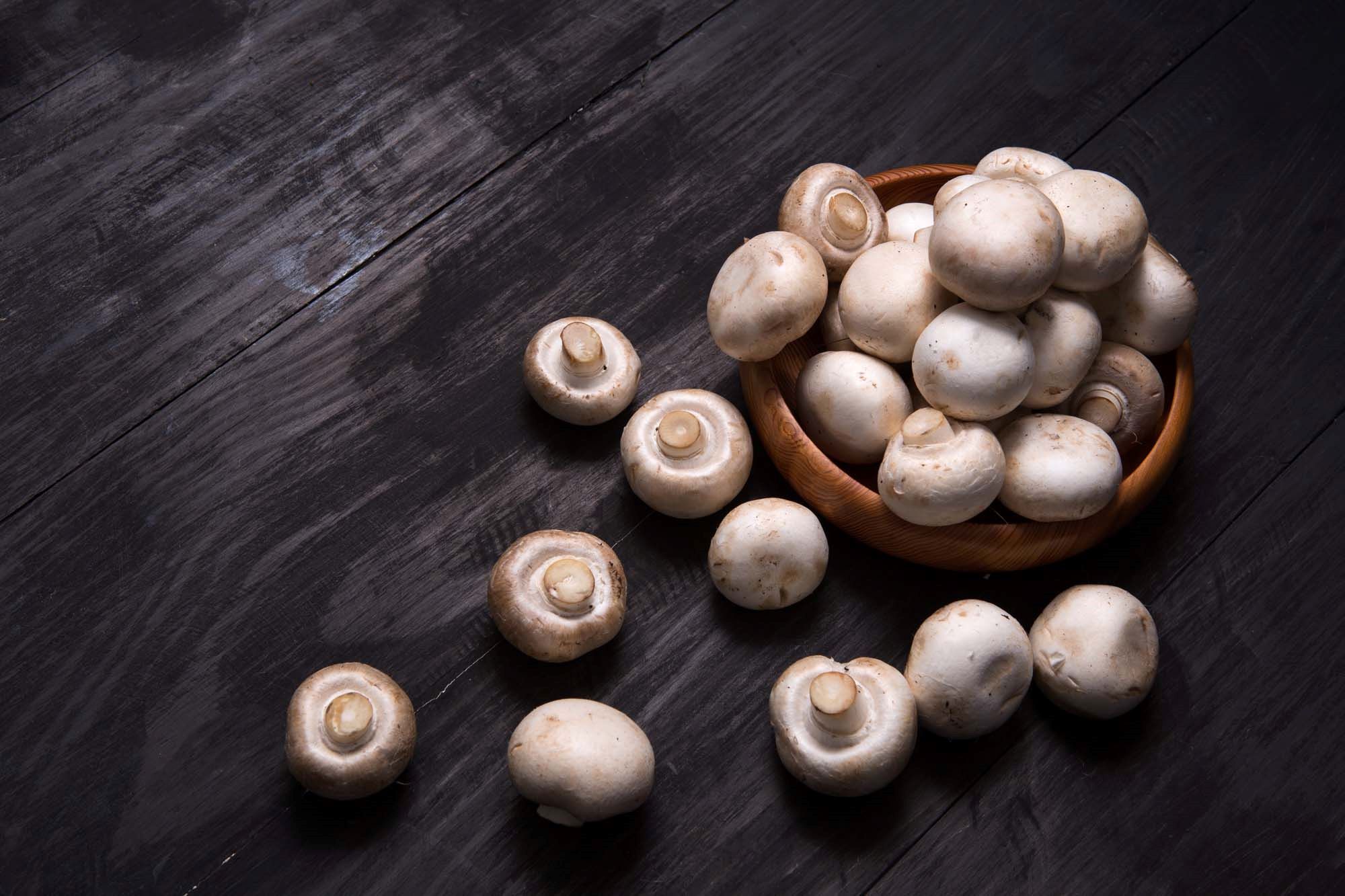
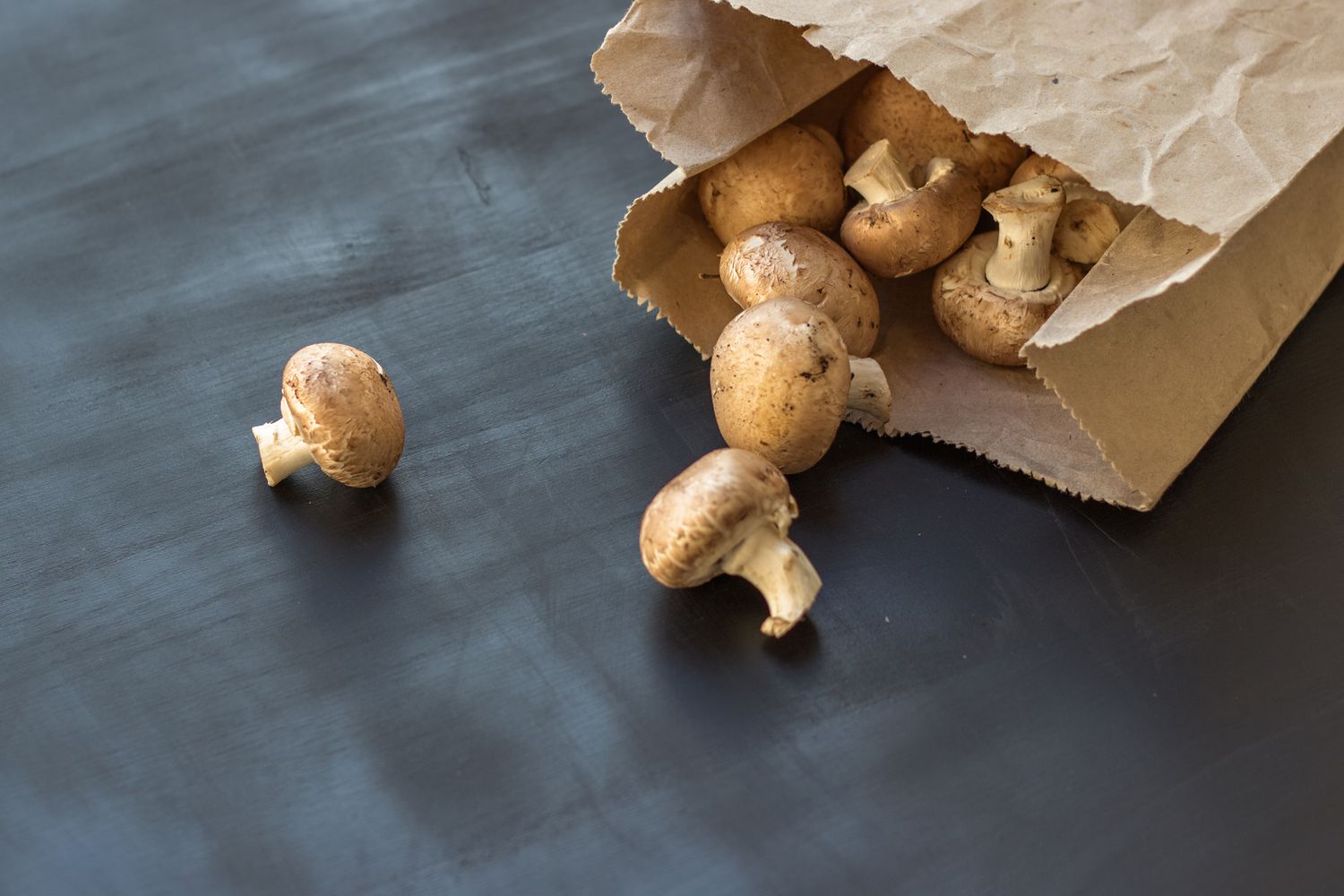
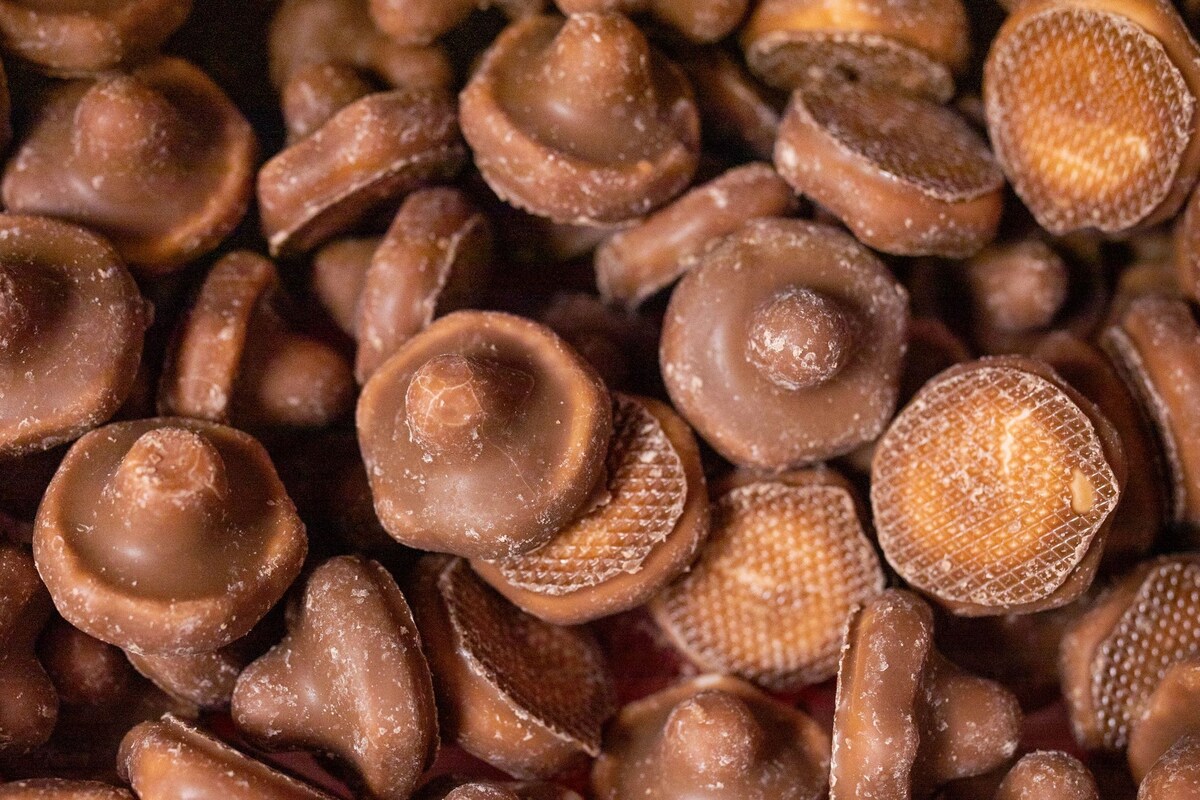
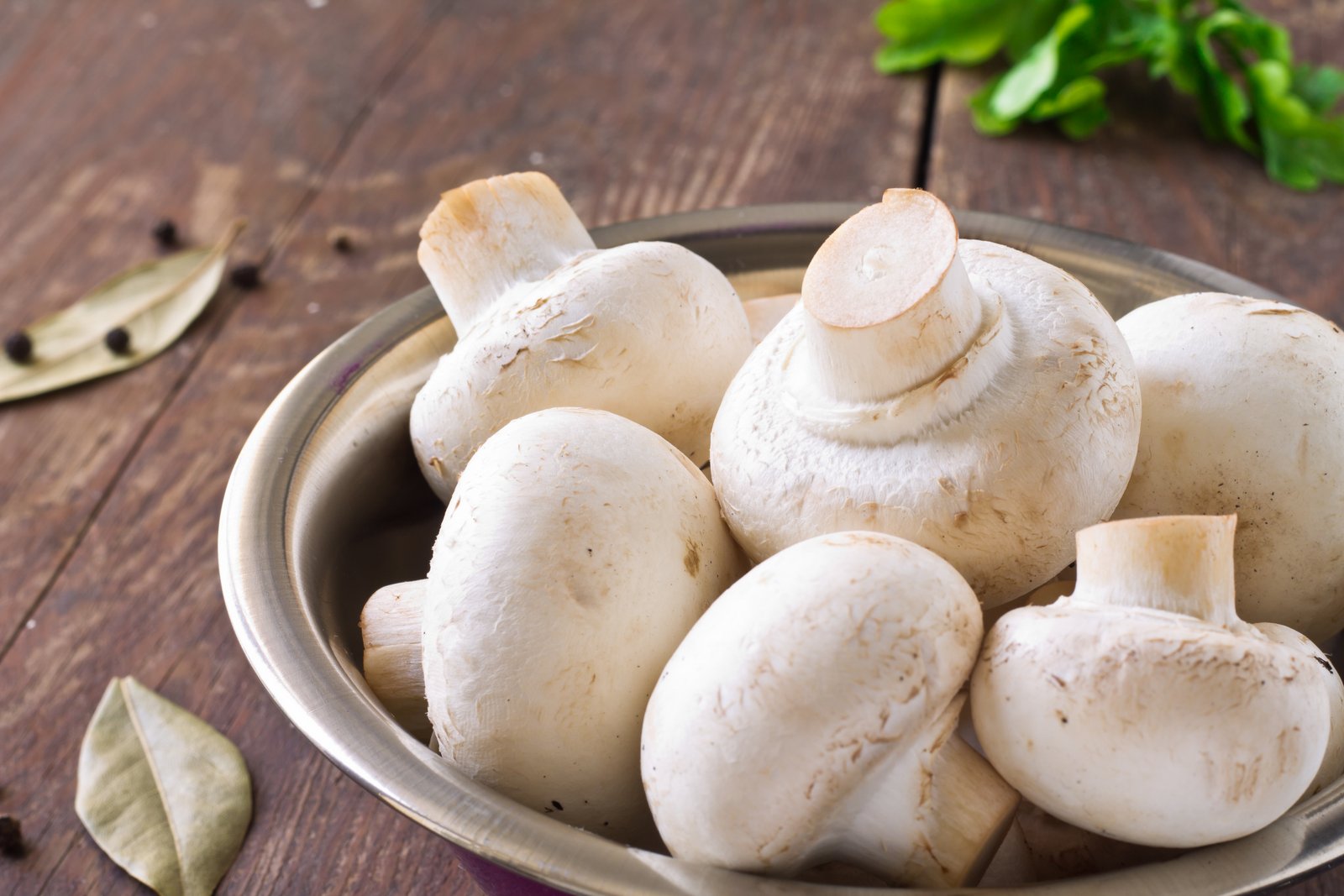
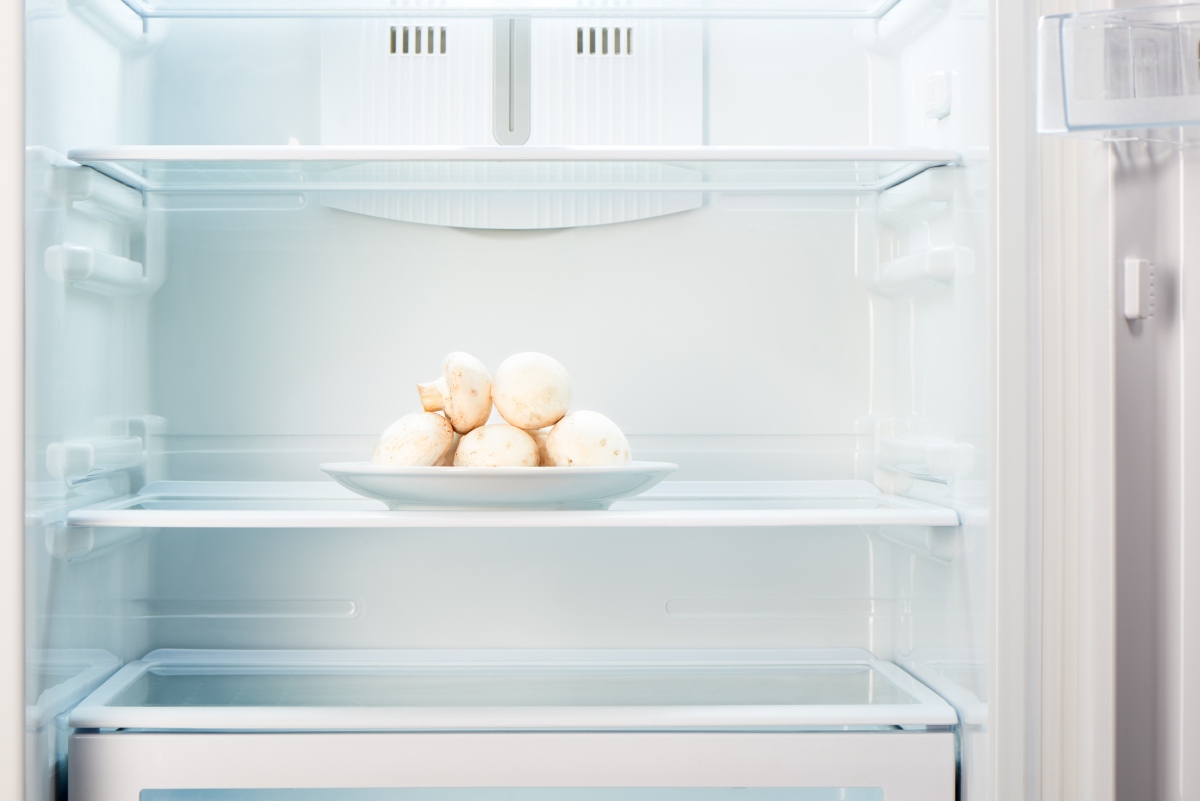
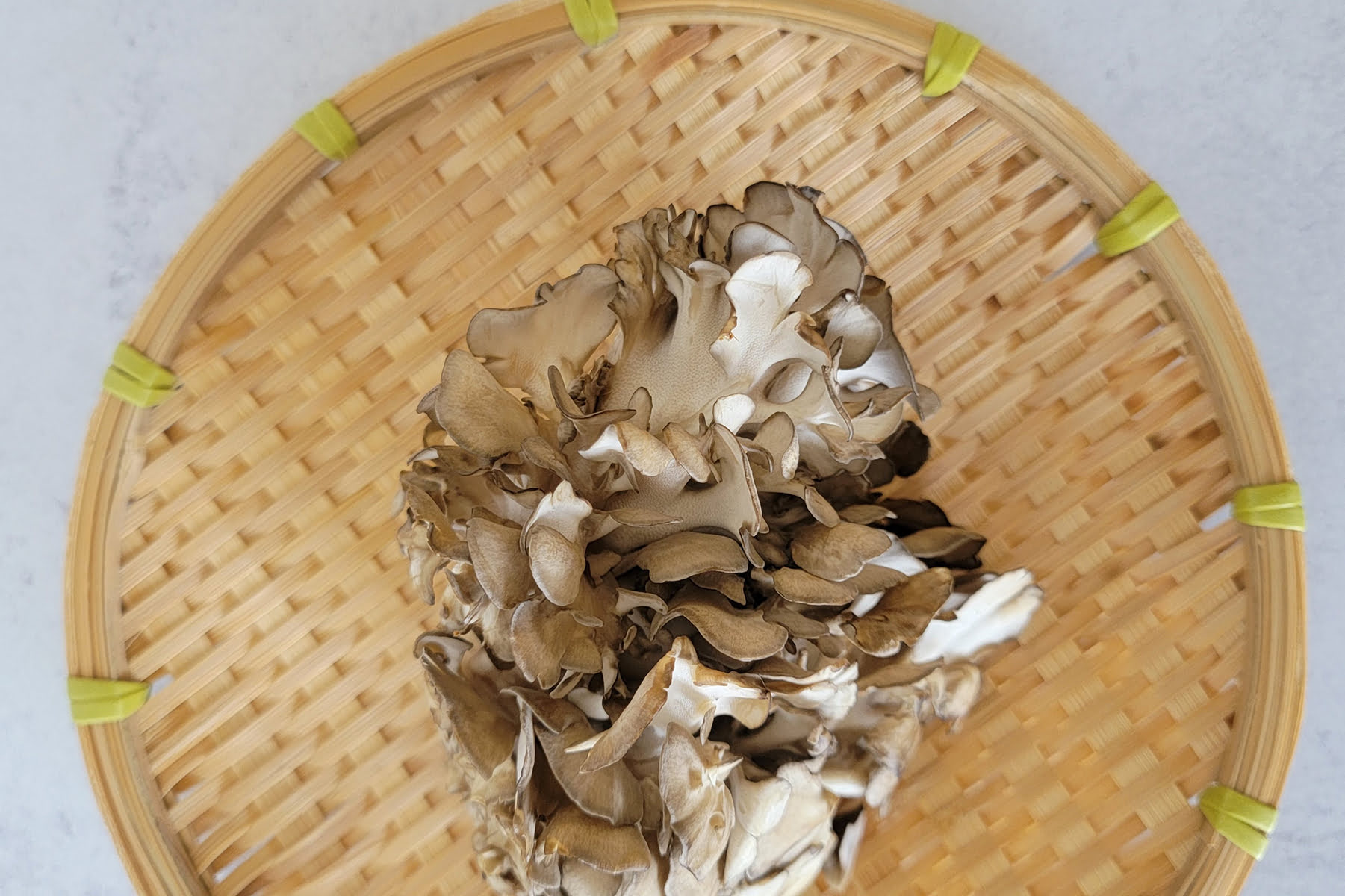
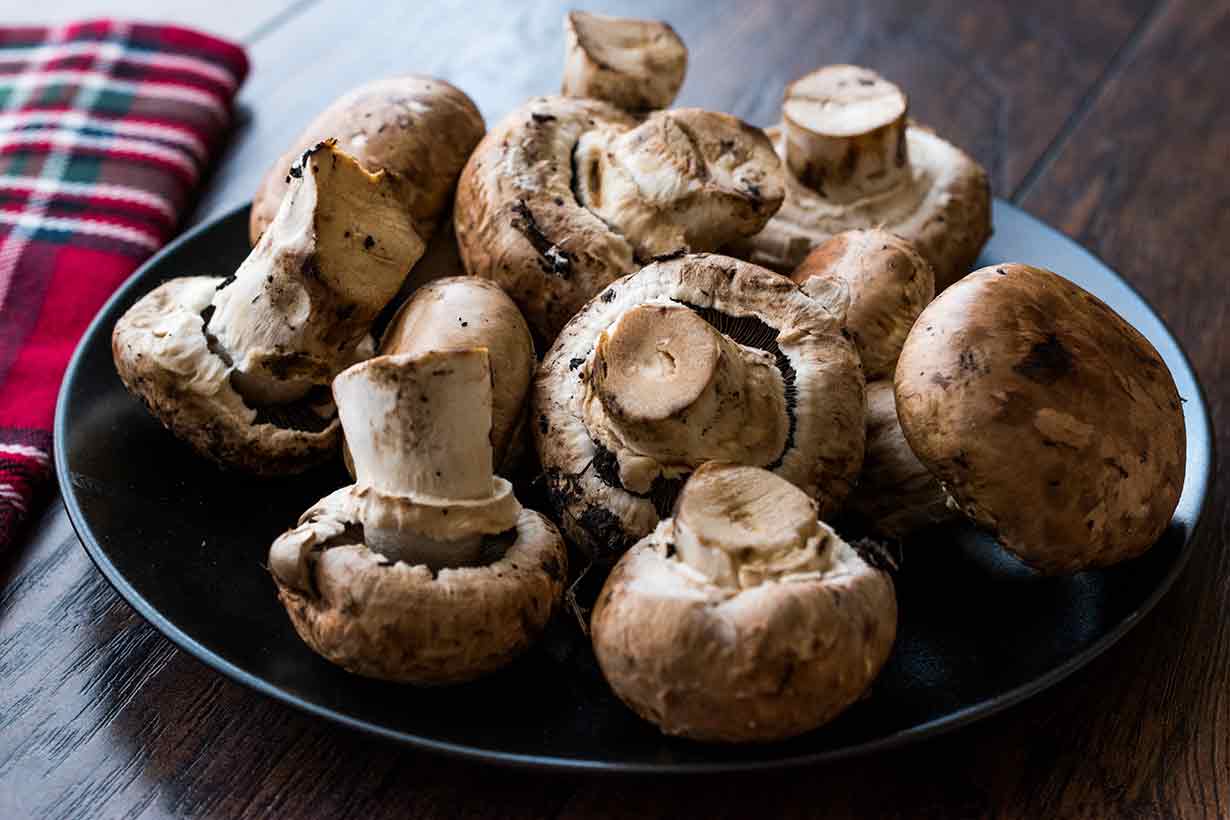
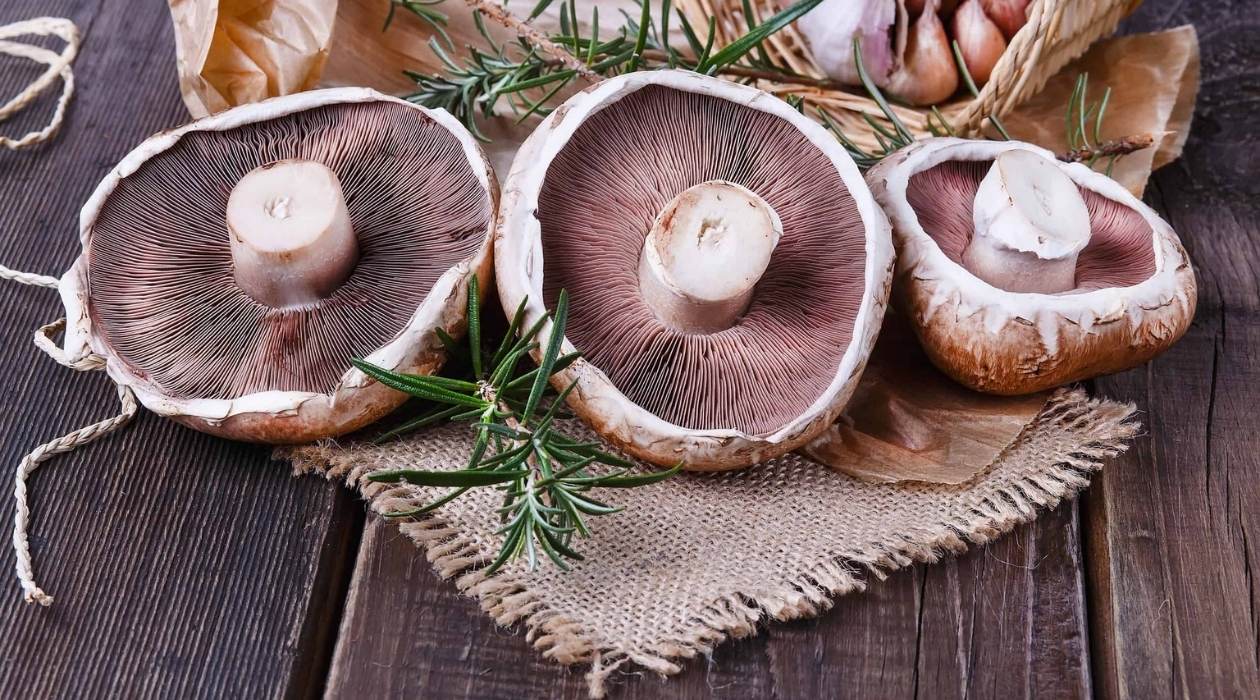
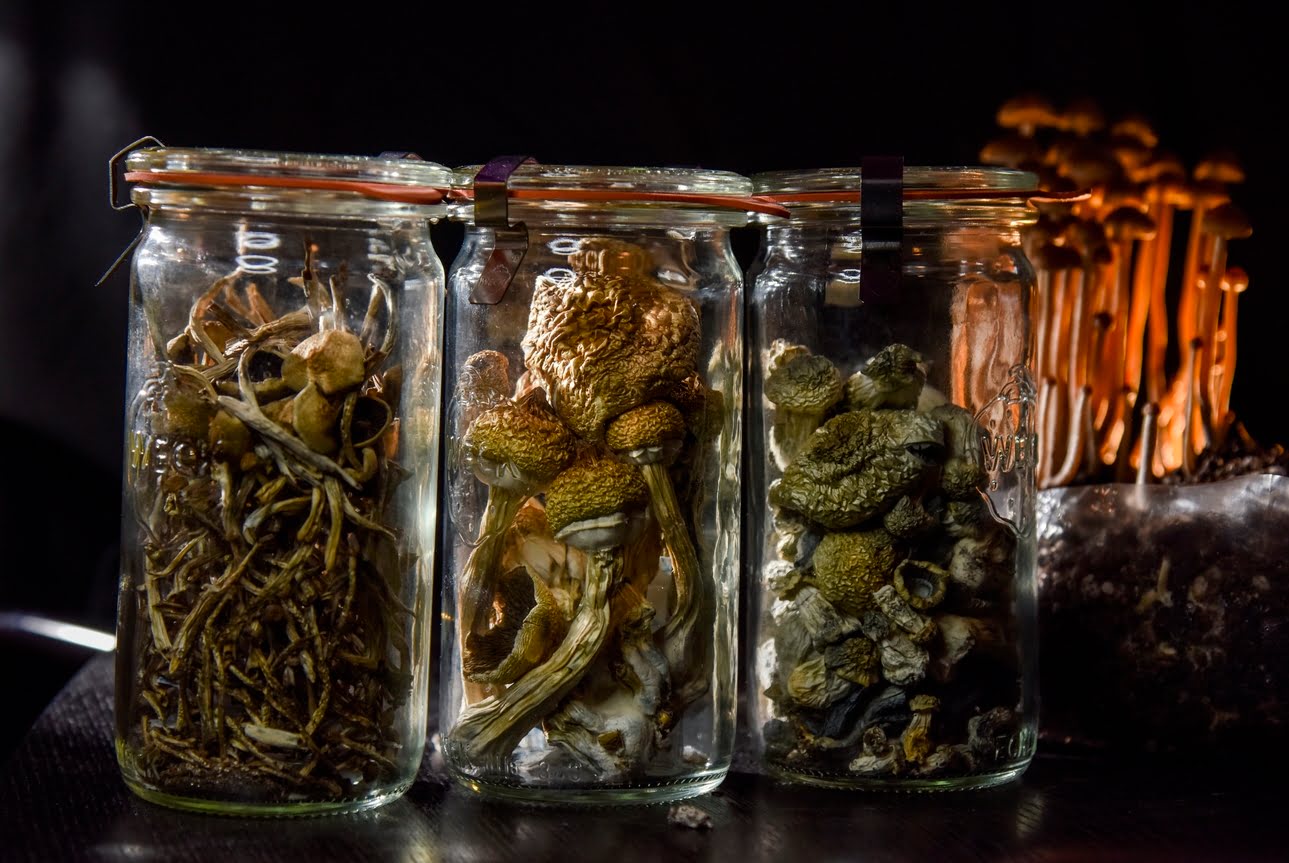
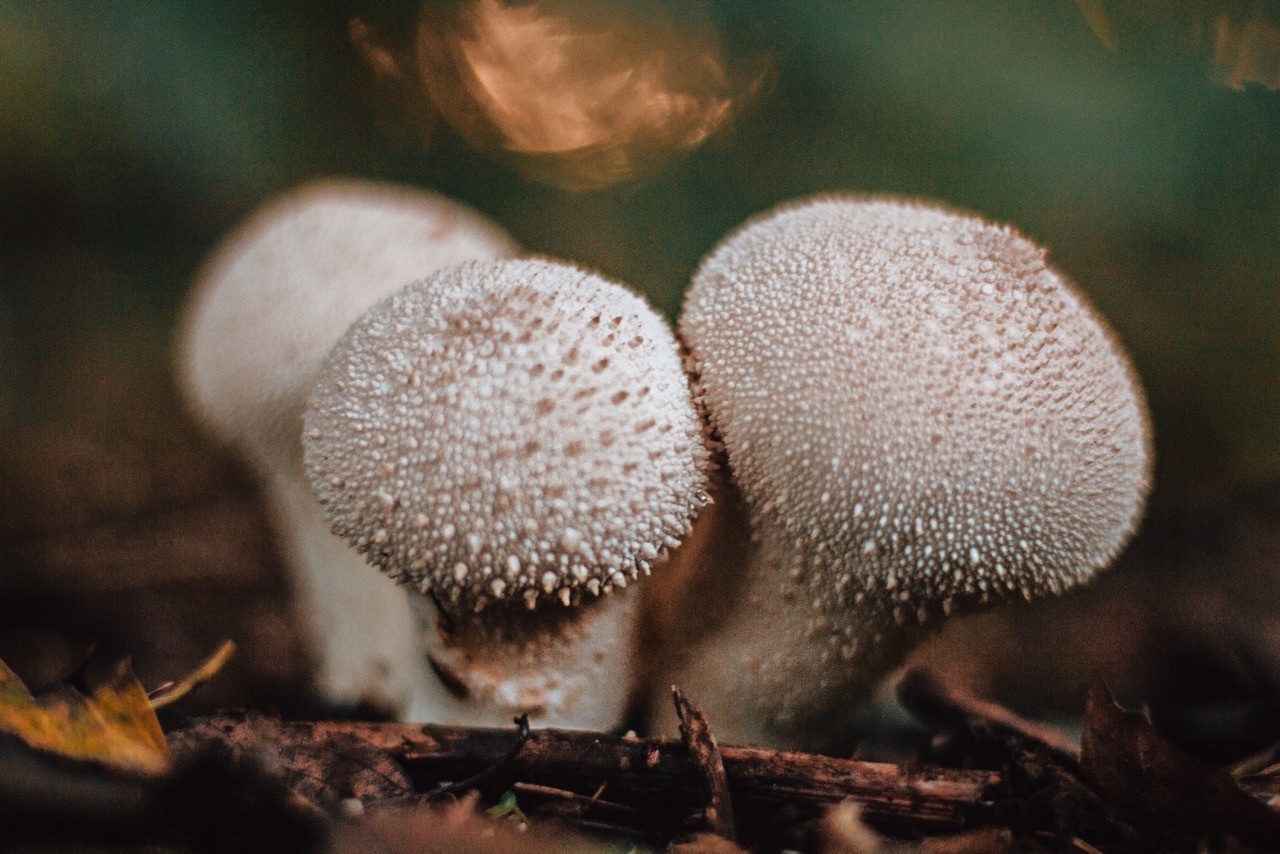

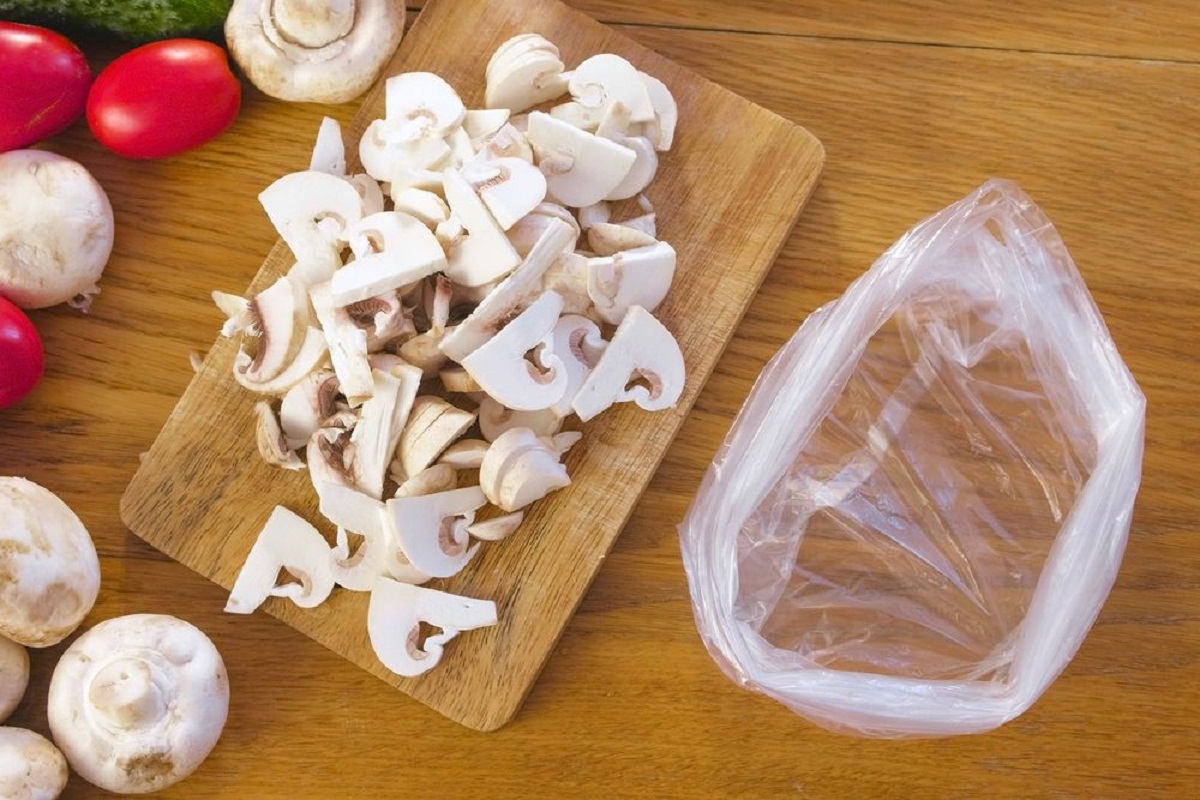
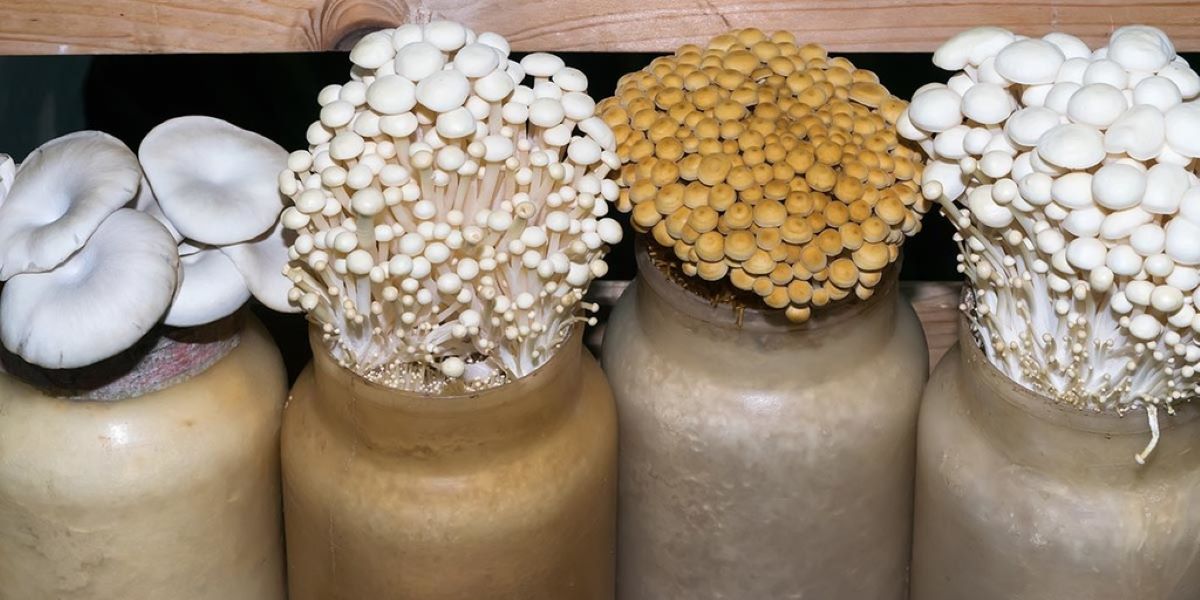
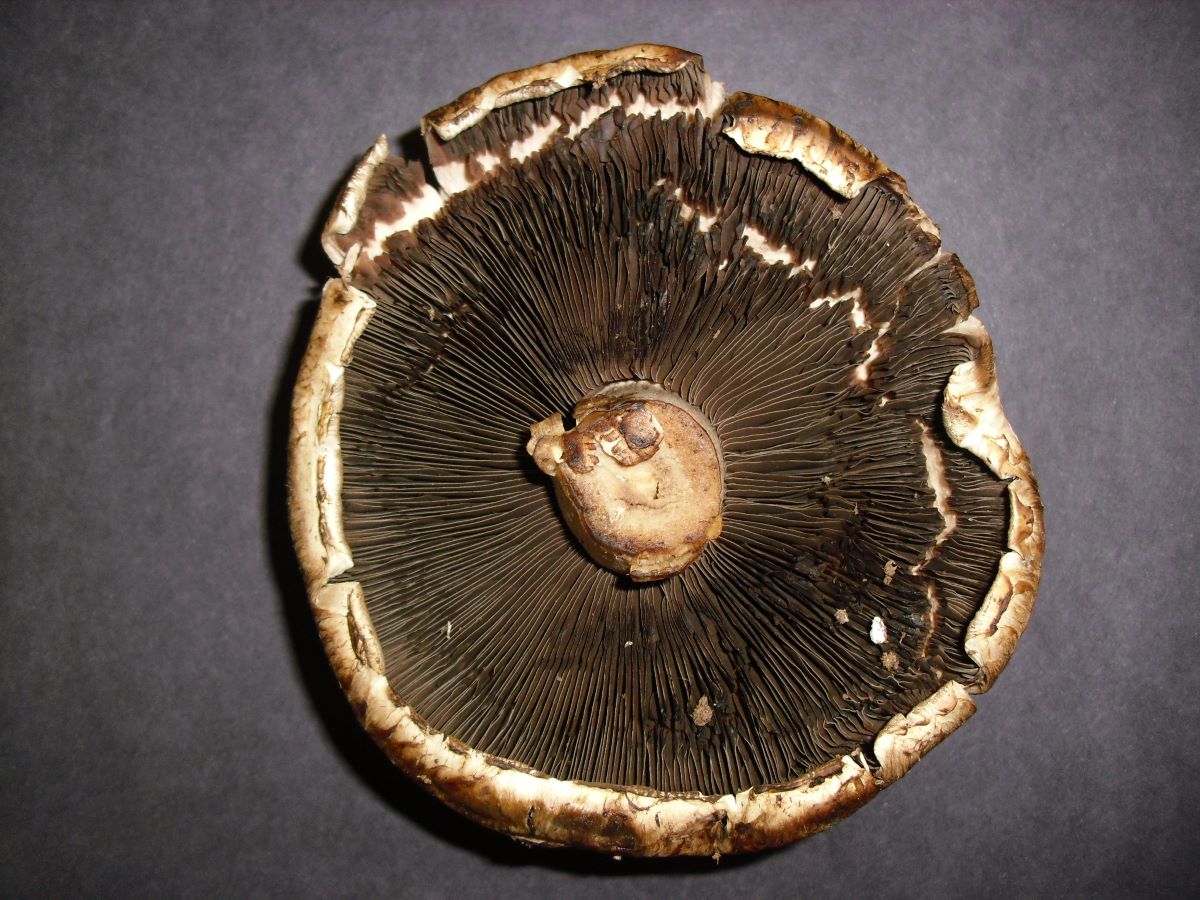

0 thoughts on “How To Store Washed Mushrooms”